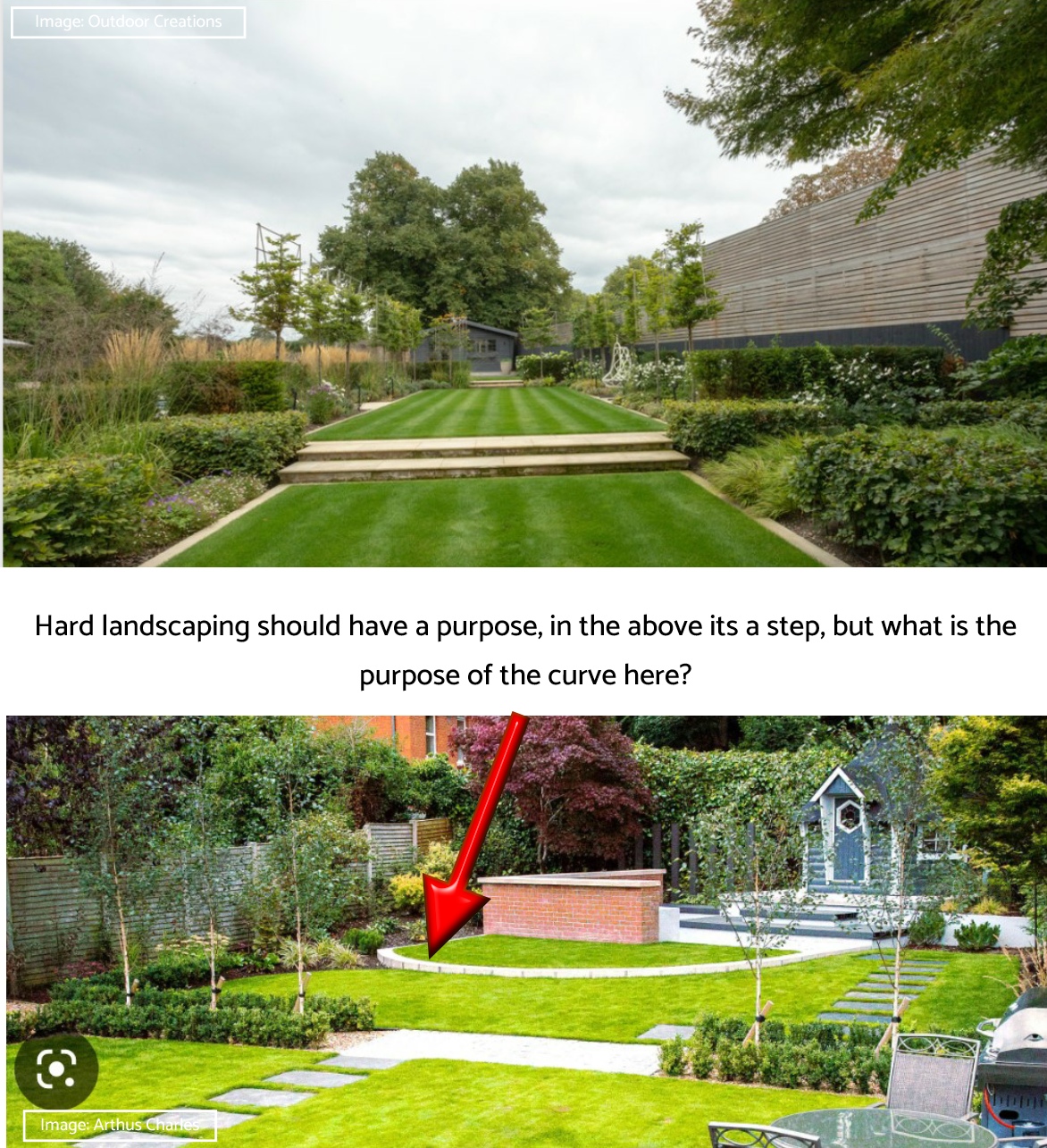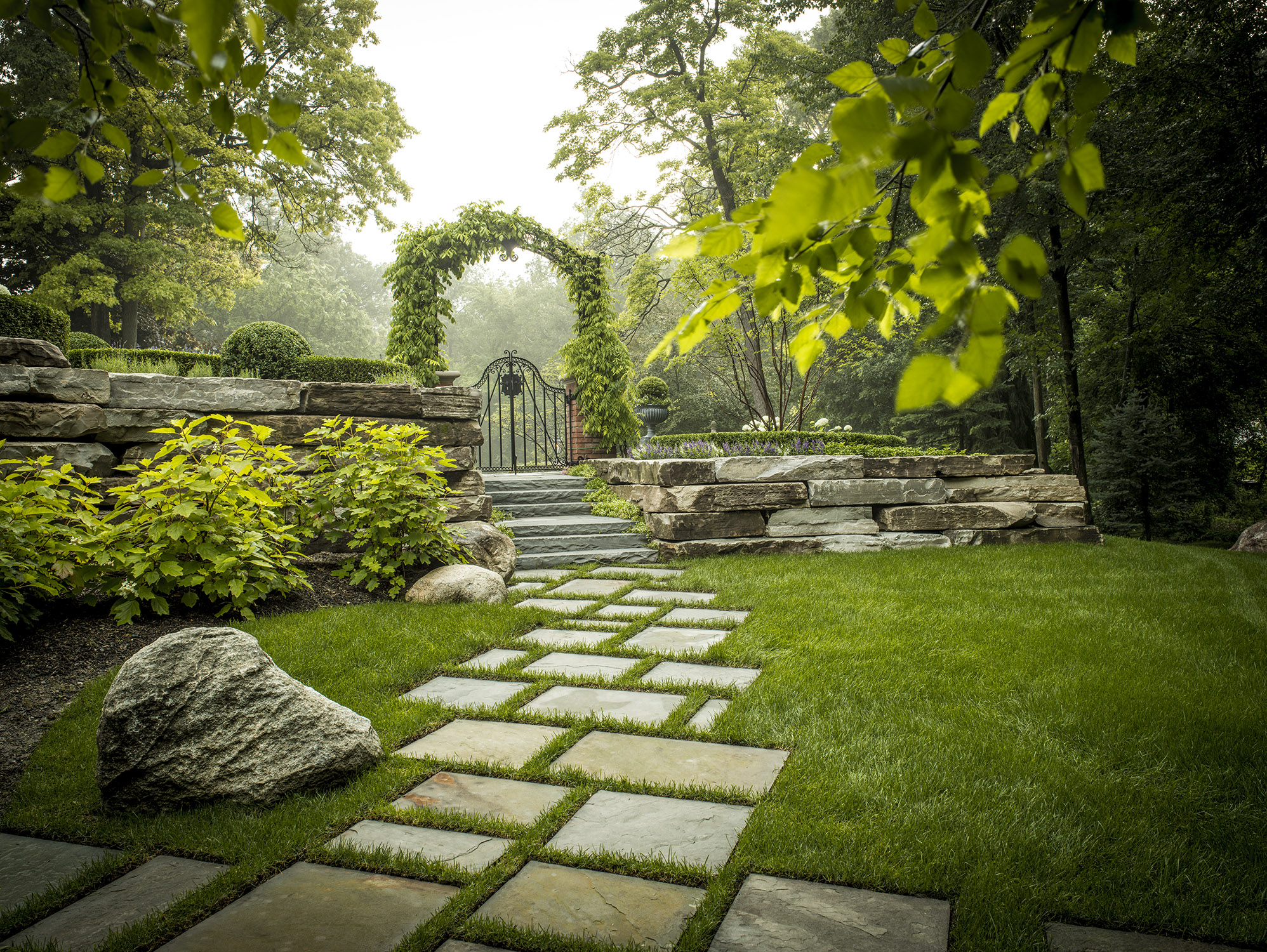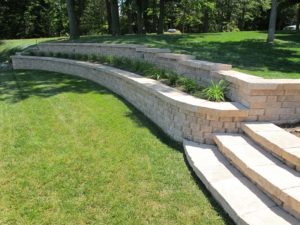Hilton Head Landscapes Fundamentals Explained
Hilton Head Landscapes Fundamentals Explained
Blog Article
Hilton Head Landscapes - Truths
Table of ContentsNot known Details About Hilton Head Landscapes Fascination About Hilton Head LandscapesUnknown Facts About Hilton Head LandscapesThe Definitive Guide for Hilton Head LandscapesSome Known Facts About Hilton Head Landscapes.The Definitive Guide to Hilton Head LandscapesThe 8-Minute Rule for Hilton Head LandscapesThe smart Trick of Hilton Head Landscapes That Nobody is Discussing
Type compatibility is also a significant component of unity in designone or more strikingly various kinds benefit comparison and focus, yet usually all other forms ought to have some resemblances for a combined look. Texture describes just how crude or great the surface of the plant or hardscape product feels and/or looks.
Examples of plants with coarse appearance consist of philodendrons, agaves, bromeliads, hollies, palms, and hydrangeas. Hardscape with rugged texture includes rough-cut stone, rough-finished block, and unfinished timber with knots and an increased grain. Matured or old building product that maintains a weather-beaten surface area is commonly rugged in structure. Qualities that develop great appearance include small foliage; thin, strappy leaves (lawns) or high, slim stems; tiny, thick branches and tiny branches; long stems (creeping plants); and little, delicate blossoms.
The Buzz on Hilton Head Landscapes
Many plants are average structure, in that they can not be explained as having either rugged or great appearance. Medium-textured plants act as a background to link and merge the coarse- and fine-textured plants.

To make an area really feel smaller sized, position the coarse appearances along the outer boundary and the fine textures closest to the visitor. The information of the coarse appearance makes the plants appear closer and makes the space really feel smaller sized. The perceived texture of plants can also transform with the distance from the plant.
Getting My Hilton Head Landscapes To Work
Strong colors increase the comparison and make the texture appear coarser, while muted shades can squash appearance. Hardscape with a crude texturesuch as very harsh rocks and bold, huge timberstends to make all plant material appear much more moderate distinctive. Designers commonly establish a structure study (Number 8) theoretically to aid determine the plan of plant materials.
Shade in plant product and hardscape includes passion and variety to the landscape. Color is the most obvious component in the landscape and is usually the focus of many home owners; however, it is likewise the most temporary component, typically lasting just a couple of weeks a year for specific plants.
Not known Facts About Hilton Head Landscapes
A straightforward summary of the color wheel includes the three primaries of red, blue, and yellow; the three additional colors (a mix of two primaries) of green, orange, and violet; and six tertiary colors (a mix of one nearby primary and secondary shade), such as red-orange. Color theory explains the connection of shades per other and how they need to be used in a structure.

Analogous (often called harmonious) color pattern are any kind of 3 to five shades that are nearby on the color wheel, such as red, red-orange, orange, yellow-orange, and yellow, or blue, blue-violet, and violet (bluffton landscaping). The shades are related to every other due to the fact that they typically include two primaries blended to form a secondary and 2 tertiary colors, which implies they share typical residential or commercial properties
Complementary colors are commonly found normally in flowers; an usual pair is yellow and violet. Shade is found in the flowers, foliage, bark, and fruit of plants.
The Buzz on Hilton Head Landscapes
Environment-friendly foliage in all its different tones is the dominant shade by amount, but other shades capture focus quicker as a result of their high contrast to the color green. Color is additionally found in structures, rocks, pavers, timber, and furniture. Most shades in natural products, such as rock and timber, are usually soft and tend to be variations of brown, tan, and pale yellow.
Colors have buildings that can influence feelings, spatial assumption, light quality, equilibrium, and focus. Great shades tend to be soothing and must be used in areas for relaxation and tranquility.
Hilton Head Landscapes for Dummies
The "temperature" of shades can additionally affect the perception of distance. Amazing colors often tend to recede and are viewed as being farther away, making a space feel bigger. Warm colors have a tendency to advance and are perceived as being more detailed, making an area feel smaller. Shade can also be utilized to record focus and direct views.
For example, brilliant yellow, which has the highest strength, also has a high contrast with all other colors (typically explained as a "pop" of color) and need to be conserved. A percentage of intense shade has as much aesthetic weight as a large amount of a more restrained or weaker color.
Analogous (in some cases called harmonious) color design are any 3 to five colors that are adjacent on the color wheel, such as red, red-orange, orange, yellow-orange, and yellow, or blue, blue-violet, and violet. The shades belong to every various other because they usually include 2 key shades blended to develop an additional and 2 tertiary shades, which means they share common residential or commercial properties.
An Unbiased View of Hilton Head Landscapes
Complementary shades are usually discovered naturally in blossoms; a typical set is yellow and violet. Color is found in the blossoms, vegetation, bark, and fruit of plants.
Green vegetation in all its various shades is the leading shade by amount, but various other shades catch focus quicker due to the fact that of their high comparison to the color eco-friendly - landscapers in bluffton sc - https://issuu.com/h1tnhdlndscps. Shade is also found in structures, rocks, pavers, wood, and furniture. Many colors in all-natural materials, such as stone and timber, are usually soft and tend to be variations of brown, tan, and light yellow
The Buzz on Hilton Head Landscapes
Color is an important element for creating passion and variety in the landscape. Colors have residential properties that can impact feelings, spatial understanding, light high quality, balance, and focus. One residential or commercial property of shade is explained loved one to temperaturecolors show up to be amazing or warm and can impact feelings or sensations. Trendy shades tend to be relaxing and need to be utilized in areas for relaxation and tranquility.
The "temperature level" of shades can additionally influence the assumption of distance. Cool colors often tend to decline and are regarded as being further away, making an area really feel bigger. Cozy shades tend to advance and are viewed as being better, making a room really feel smaller. Color useful source can also be utilized to catch focus and straight views.
For instance, intense yellow, which has the greatest intensity, additionally has a high contrast with all various other colors (usually referred to as a "pop" of color) and ought to be conserved. A percentage of intense color has as much aesthetic weight as a big amount of a more subdued or weak shade.
Report this page